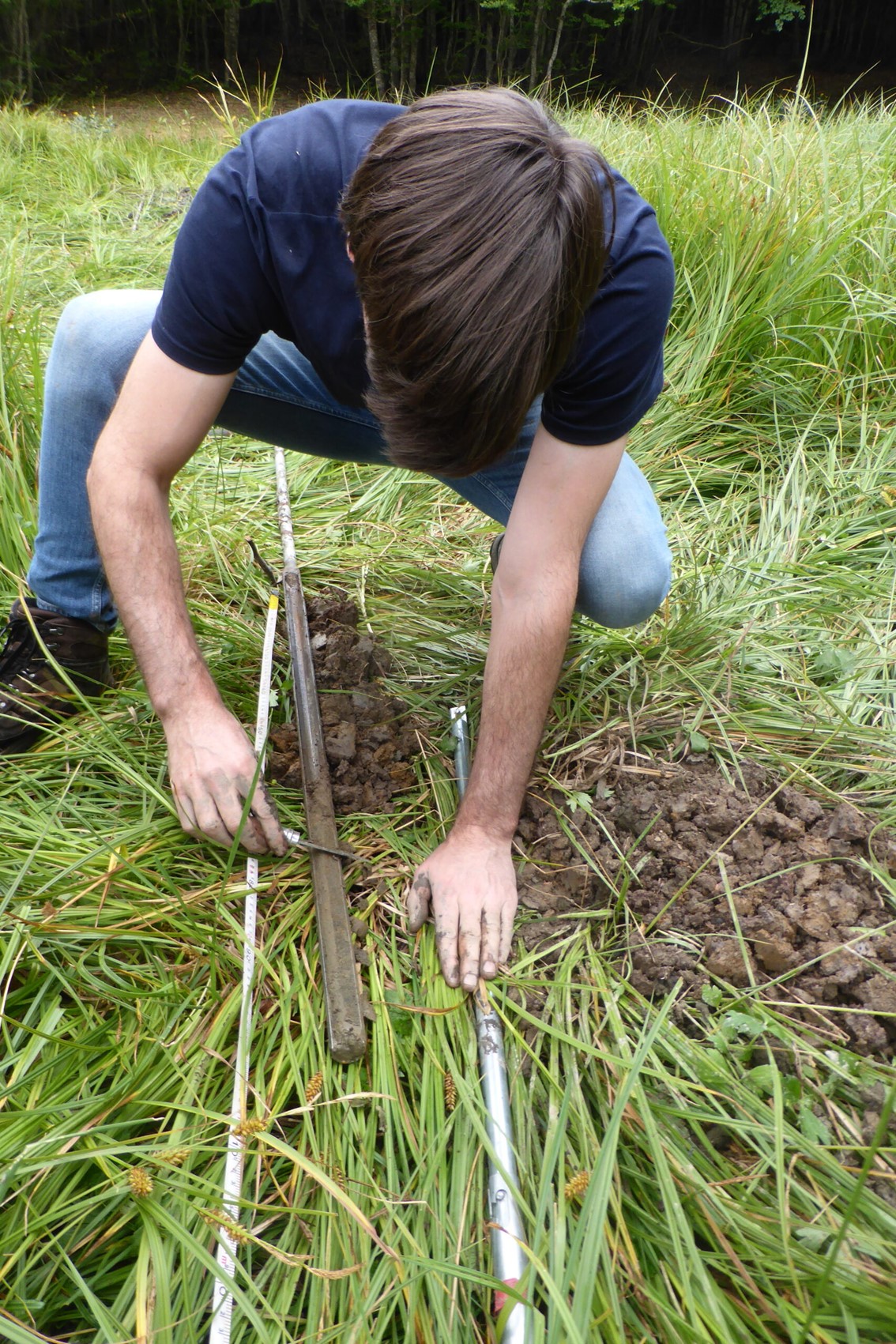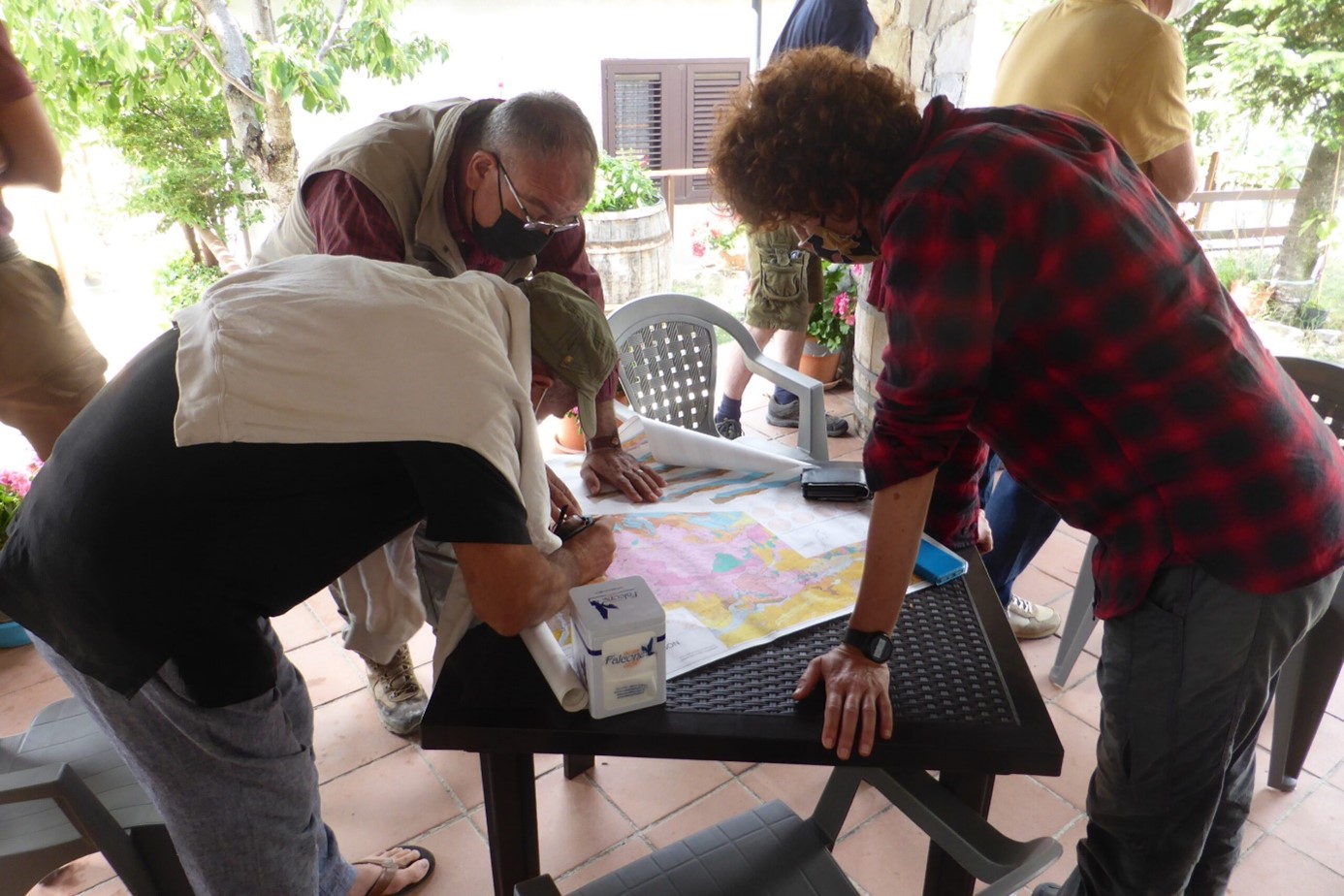Research Aims
The Pollino Archaeological Landscape Project (PALP) aims to get a deeper understanding of the landscape history and archaeological footprint of the Pollino mountain range. The goal is to reconstruct how humans used and interacted with the landscape over different periods of time, starting from the Palaeolithic into the modern era.
Read moreOne of the main research topics is the connection between the highland “pianori” and the surrounding lowlands. How did people traverse between these landscape zones, for what reasons, and when? Traditionally, archaeologists tend to do much more intensive fieldwork in easily accessible lowlands than in mountains and highlands. This causes scientists to generally downplay the role of mountain landscapes in past societies. The intensive use of the Pollino mountains in recent centuries implies their crucial cultural and economic roles in the more distant past as well.
The nature and range of mobility can inform us about how the Pollino mountains were socially and economically connected to the coastal plains and valleys during different time periods. To investigate these links, we start from the paths that people used to travel to, from and through the Pollino mountain range. The PALP works from the idea that paths, like the ones that you might use yourself when visiting the park, have been in use for hundreds, if not thousands of years. Therefore, our research is mostly concentrated along these trails, crossroads, and resting places that brought people to where they needed to go.
Since the landscape in which people live greatly affects their mobility and their way of life, another aim of our research is to understand how the mountain environment changed over time. This may have happened through natural processes such as climate variations, but also directly through human impact. The PALP project reconstructs such long-term landscape history primary through changes in vegetation. Plants are good indicators of temperature and precipitation changes, but also of the mutual interaction between landscape and people, most significantly through deforestation and grazing.
Our goal is to share the results of our archaeological work with residents and visitors of the park in an interactive way to preserve and make known the unique cultural heritage that the Pollino park constitutes.
Read lessProject Directors
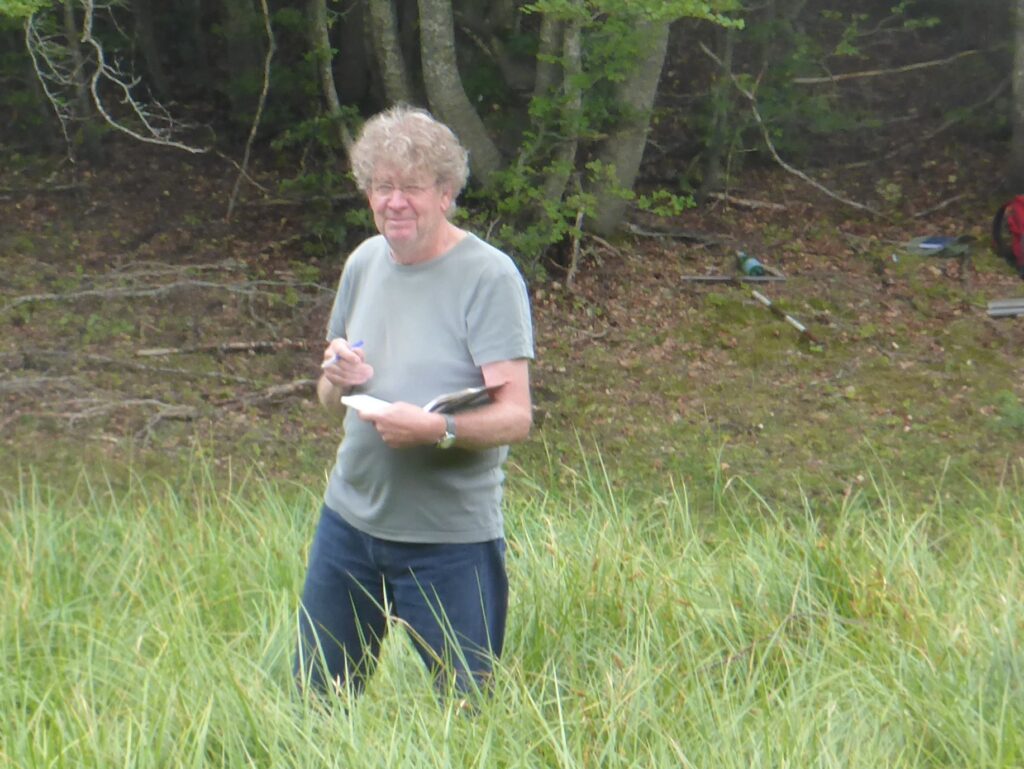
(University of Groningen)
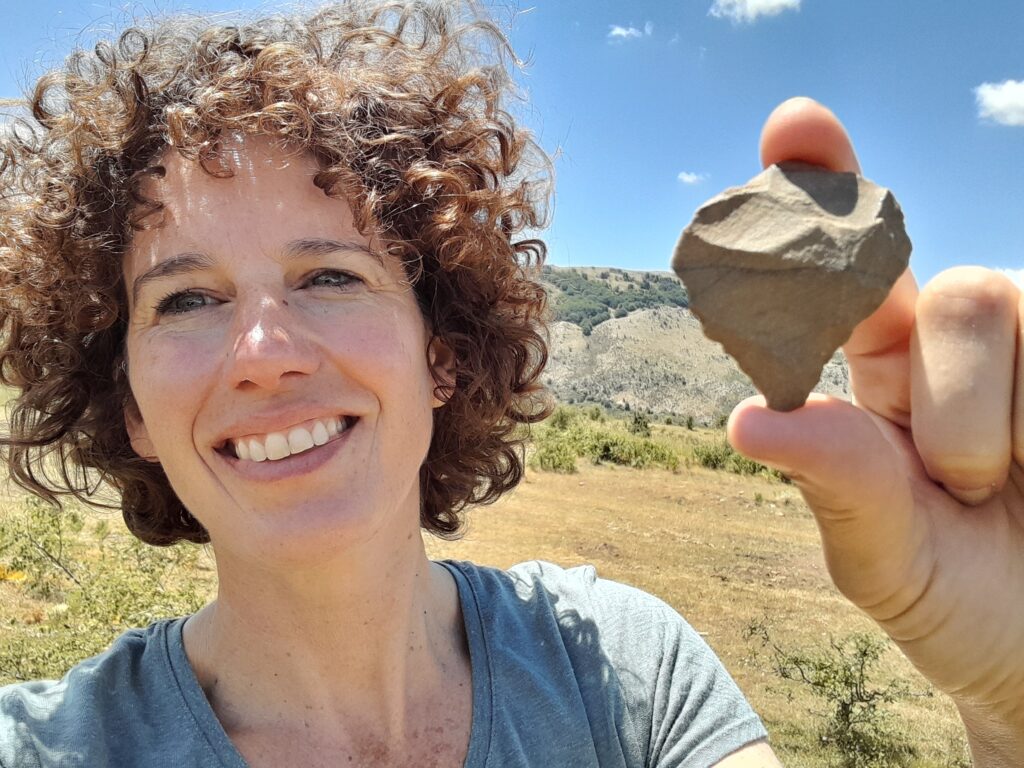
(University of Bamberg)
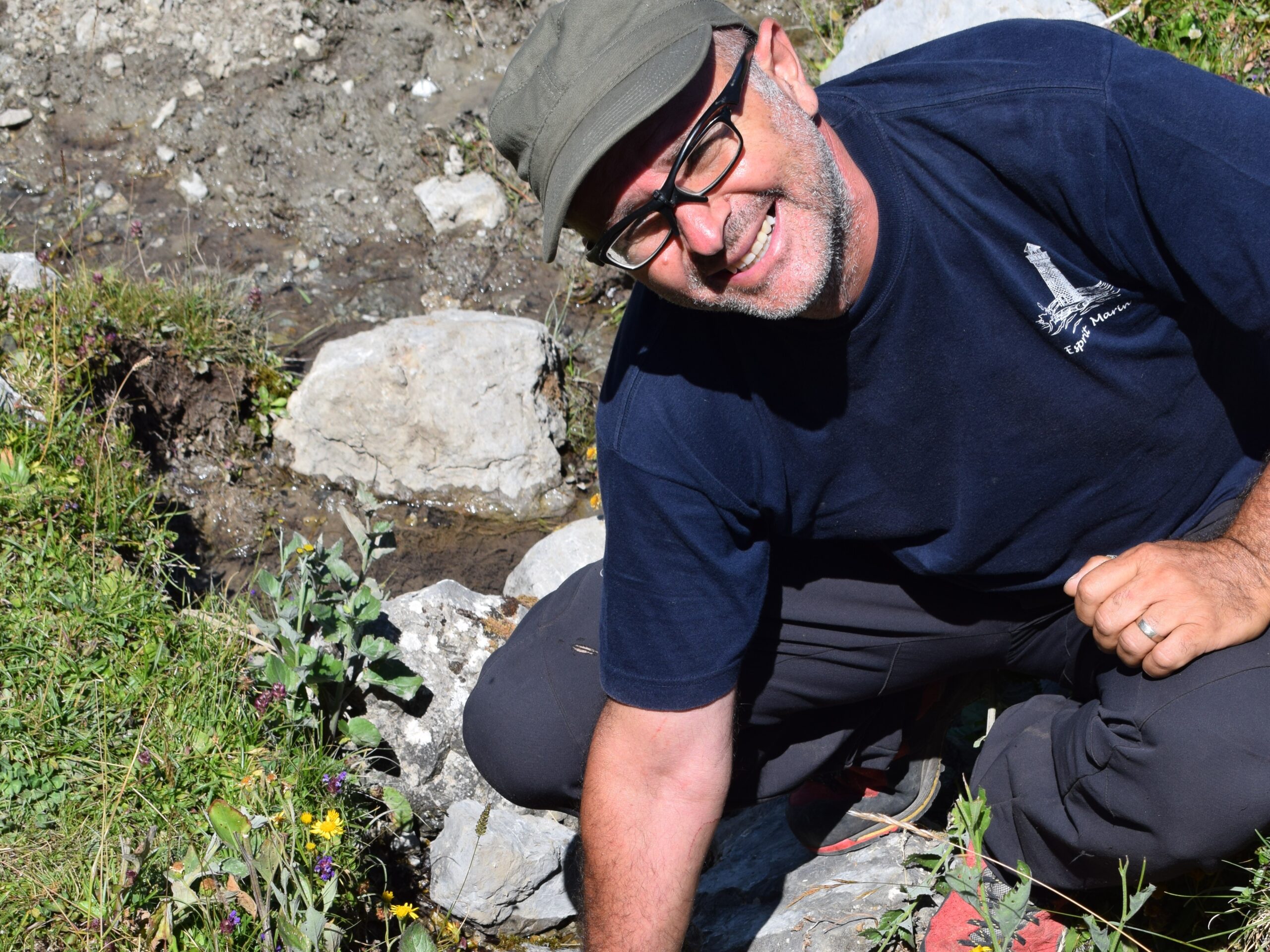
(Gruppo Speleogico “Sparviere”)

